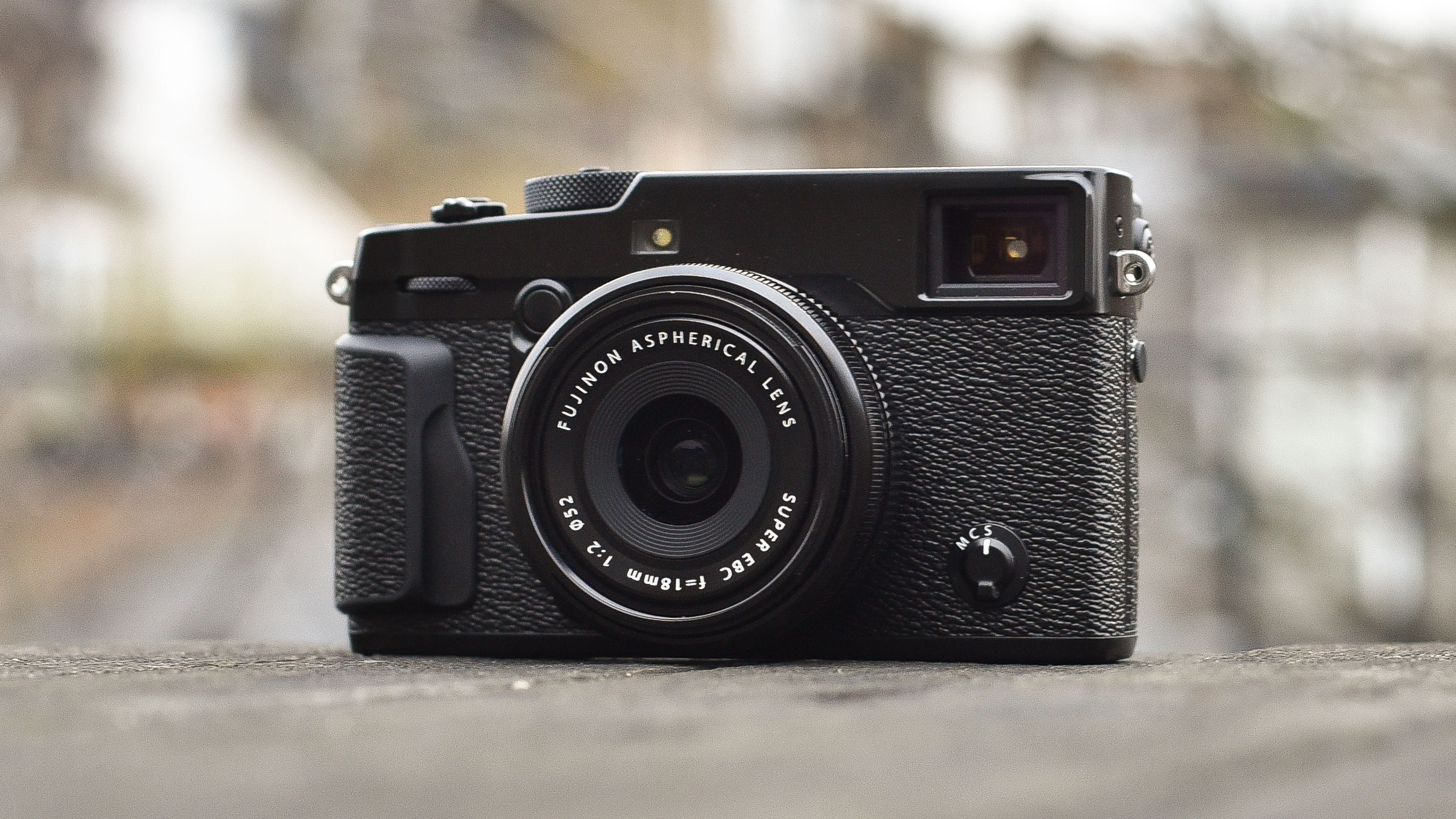Why you can trust TechRadar
As we would probably expect given the four-year interval between the two, Fuji has made some significant changes to the X-Pro formula to create the X-Pro2 – and on the whole, the results are positive.
Those coming from the X-Pro 1 will immediately notice the superior electronic viewfinder, whose boost in resolution and overall performance goes some way to closing the gap between this and traditional optical viewfinders. While Fuji is not alone in making these more usable than on previous generation of cameras, it's the type of viewfinder that may sway those ordinarily averse to using them.
The many changes made to both manual and autofocus systems also make it more suitable for a greater range of static and moving subjects, and the new focusing lever is great when shifting the AF point needs to be done quickly, although it's a shame this has not been complemented with touchscreen functionality or an articulated LCD as these would benefit everything from street to macro photography.

At its current asking price of around £1395 for its body only, the camera's main competitor is perhaps the 24.2MP Sony A7 II, although many people not tied to any system will also no doubt add the cheaper Olympus Pen F and OM-D E-M5 II to their shortlist, together with the Panasonic GX8. Compared with the GX8 in particular the X-Pro2 does appear to be highly priced, although this is partly down to the GX8 having been on the market for some time. The long gap between this and the X-Pro1 also means that the previous model can now be found for less than £400 brand new and even less second-hand in a good condition, which is a significant difference.
We liked
Fuji has paid a lot of attention to the things that matter, and in so many respects the camera is much better than its predecessor. The AF system is faster, the viewfinder is better and the inclusion of weather sealing means it can be used in a greater range of shooting conditions with confidence.
Image quality is strong overall, with sound metering and auto white balance systems and lovely colours straight out of the camera. The revised menu system also makes it a much nicer camera to use than its predecessor. All of this, combined with plenty of customisation options and a myriad of small and sometimes unexpected extras, means that the camera ticks many boxes it's expected to.
We disliked
While Fuji has made some welcome changes to the physical controls, some revisions may not be as well received, particularly by users used to the X-Pro1 who are considering it as an upgrade.
Sign up for breaking news, reviews, opinion, top tech deals, and more.
The easy movement of the exposure compensation dial and recessed rear command dial prove bothersome, while the excellent viewfinder performance sadly comes at the expense of battery life too. Furthermore, the need to change the ISO via a somewhat awkward physical control may upset those upgrading from the X-Pro 1, where the lack of a physical dial meant this could be changed easier, and the lack of a tilting LCD screen is shame when you consider how valued a feature this is on other cameras.

Final Verdict
The X-Pro2 is a worthy upgrade on an already popular camera. It's great to find that Fuji has paid attention to so many areas, notably AF and viewfinder performance through to the menu system and physical operation. It's clearly sought to fix what wasn't quite right from before and thrown in a handful of useful extras, and while not everything is a complete success, for many reasons it's still a much nicer camera to use.
Those planning on upgrading from the X-Pro1 will find plenty to be happy with here although others will find the camera has a number of cheaper rivals vying for the enthusiast user's attention. These typically have advantages of in-built image stabilisation, articulating or tilting screens and touch functionality, and these are all features than can make a considerable difference to the types of images you can capture.
Still, these aren't always deal-breakers and many will be more than satisfied with what the X-Pro2 offers. It's build is solid and image quality is very good, while the control Fuji offers over the camera's operation often goes beyond what's expected. In short, even with a handful of foibles, it's remains a solid offering for the enthusiast user.
See also:
